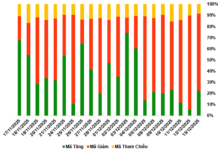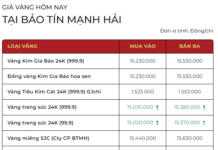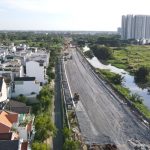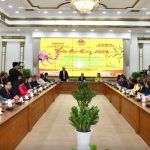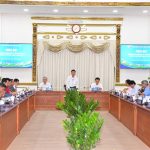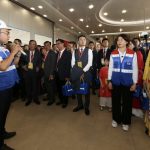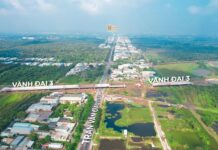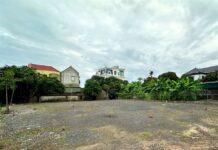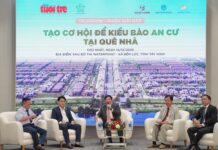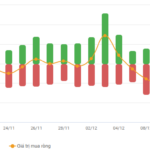According to Dr. Du Phuoc Tan, Ho Chi Minh City is currently facing four major challenges: high GRDP growth, polycentric development, investment in CO2 emission reduction, and addressing traffic congestion and flooding.
Among these, traffic congestion and flooding are significant issues that the city aims to resolve by 2030.
“Resolution 31 and Resolution 24 emphasize the need to address traffic congestion and flooding in Ho Chi Minh City. With the city still facing relatively severe traffic congestion and flooding, these challenges are also crucial in the socio-economic development orientation of Ho Chi Minh City for the period of 2026-2030,” emphasized Dr. Tan.
Regarding traffic congestion, he proposed continuing the implementation of the project to restrict private vehicles. For example, proposing congestion charges in the city center, such as District 1 and a part of District 3, by 2030, and providing parking lots for public transport users.
Additionally, the city should develop public passenger transport systems, including the metro and supplementary water routes, and promote smart city models, urban renovation models, and polycentric models.
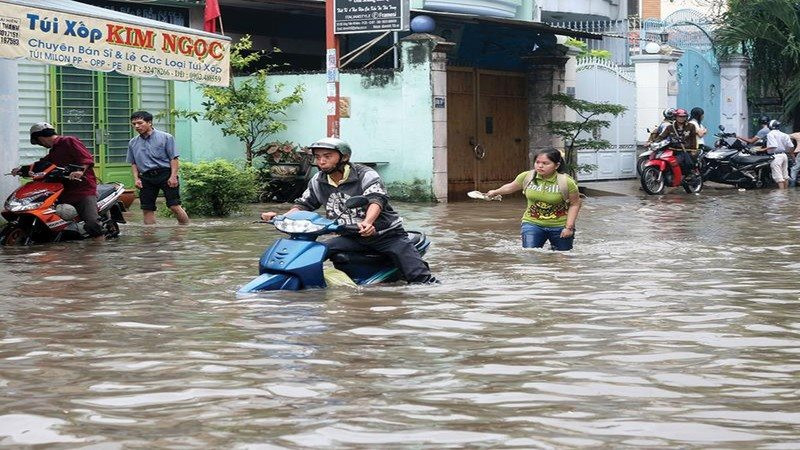
Concerning flooding, Dr. Tan suggested that Ho Chi Minh City should link new urban development with the construction of supplementary reservoirs for water storage. The immediate goal is to have a storm drainage system on 90% of urban roads by 2030. Furthermore, the city should invest in completing the water supply, drainage, anti-flooding, and wastewater treatment systems, strictly manage groundwater exploitation and utilization, and reinforce coastal dikes, tidal gates, and irrigation works along the river to control floods.
At the workshop, Assoc. Prof. Dr. Vu Anh Tuan, Director of the Transport Research Center (Vietnam-Germany University), shared the reality and methods of multimodal transport connection in Ho Chi Minh City. According to Dr. Tuan, the Ho Chi Minh City planning project does not currently include any criteria showing the city’s attention to prioritizing the use of public bicycles and developing infrastructure and sidewalks for pedestrians. It is estimated that up to 70% of people will access the metro in the future.
He suggested that for large-scale cities like Ho Chi Minh City, global experiences indicate that the prerequisite for infrastructure development is to focus on fast and high-capacity public transport. In addition, the city needs to ensure multimodal transport connectivity, including taxis, buses, trains, and bicycles, to make it convenient and safe for people to move around.
Proposed Planning for Adding 2 New Cities in Ho Chi Minh City
According to Architect Ngô Viết Nam Sơn, Ho Chi Minh City should consider planning two cities within the city in the south and north.
Three Economic Growth Scenarios for Ho Chi Minh City in Q1 2024
At the socio-economic meeting reviewing the results of January and setting the goals for February 2024, held this morning (1/2), the Ho Chi Minh City Institute for Research and Development has presented three economic growth scenarios for the first quarter of Ho Chi Minh City.




